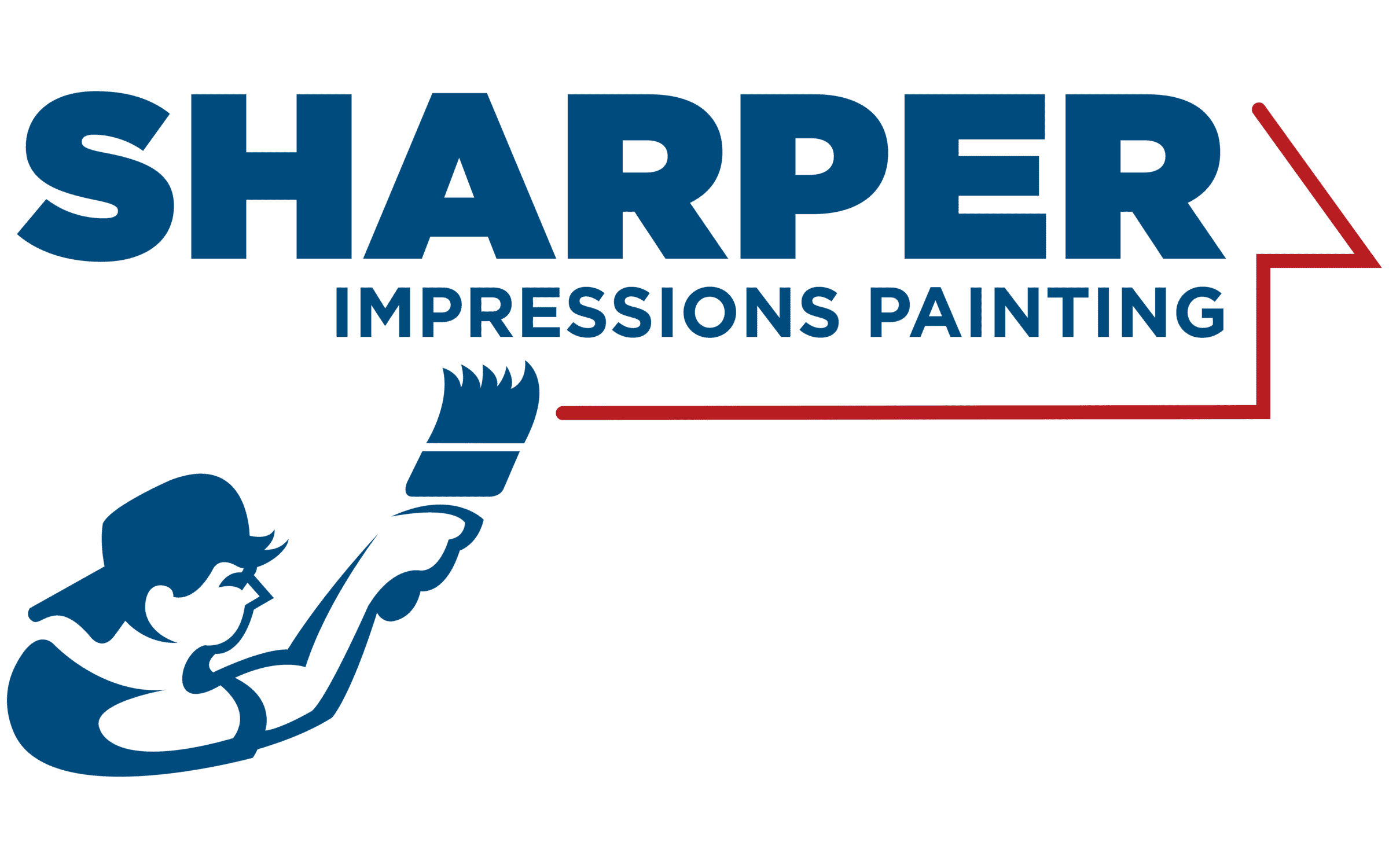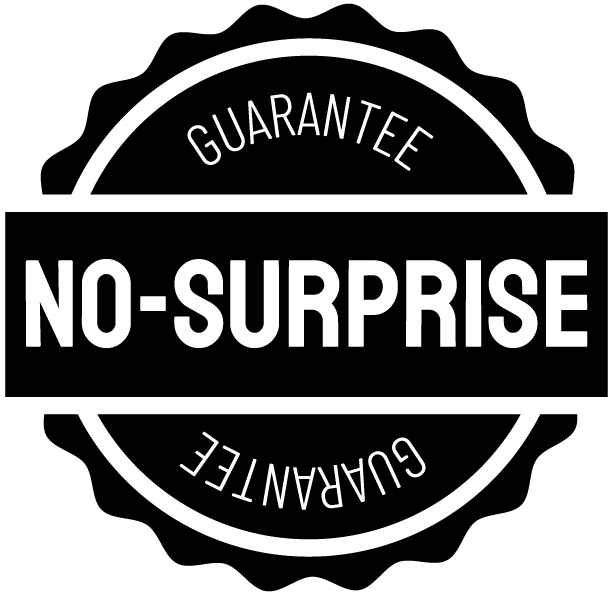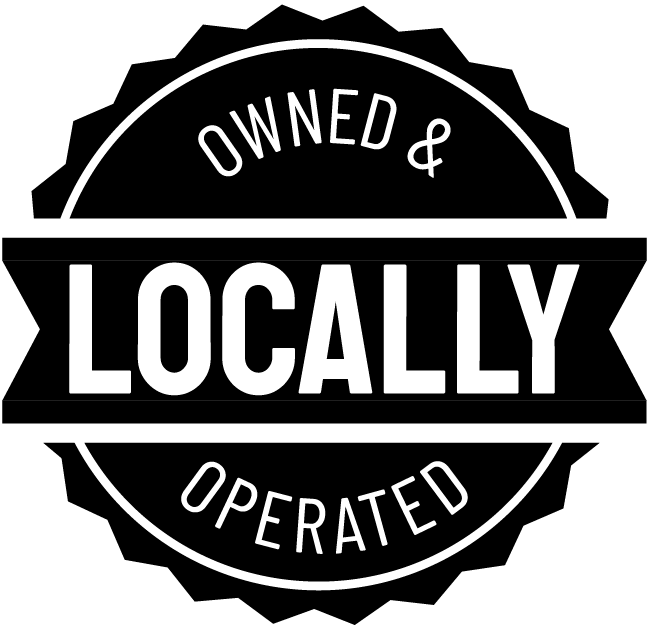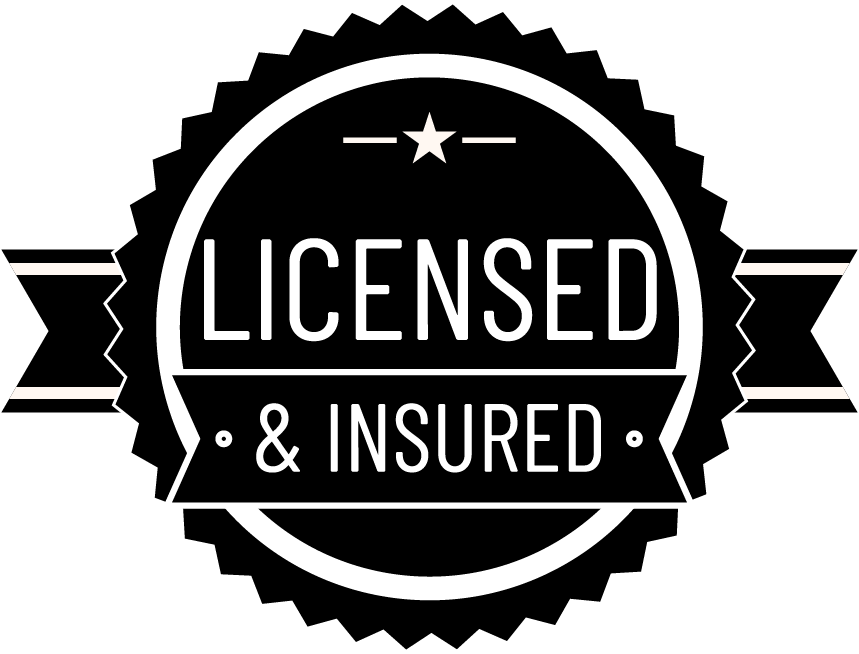Wildfires, urban fire spread, and stricter building codes have made fire safety a growing concern for property owners, developers, and facility managers. One question continues to come up: Can you add fire-resistant coatings to your exterior paint system?
The answer is yes—with some important qualifications.
Fire-resistant exterior coatings are engineered to slow the spread of flames, reduce heat release, and increase the time occupants and emergency responders have in a fire situation. However, they are not a one-size-fits-all solution, and they must be integrated properly into a well-planned exterior paint system to be effective.
This blog explores the science behind fire-resistant exterior coatings, the types of products available, proper installation, compatibility with exterior surfaces, building code compliance, and how to weigh the costs and benefits.
Understanding Fire Resistance and Fire-Retardant Coatings
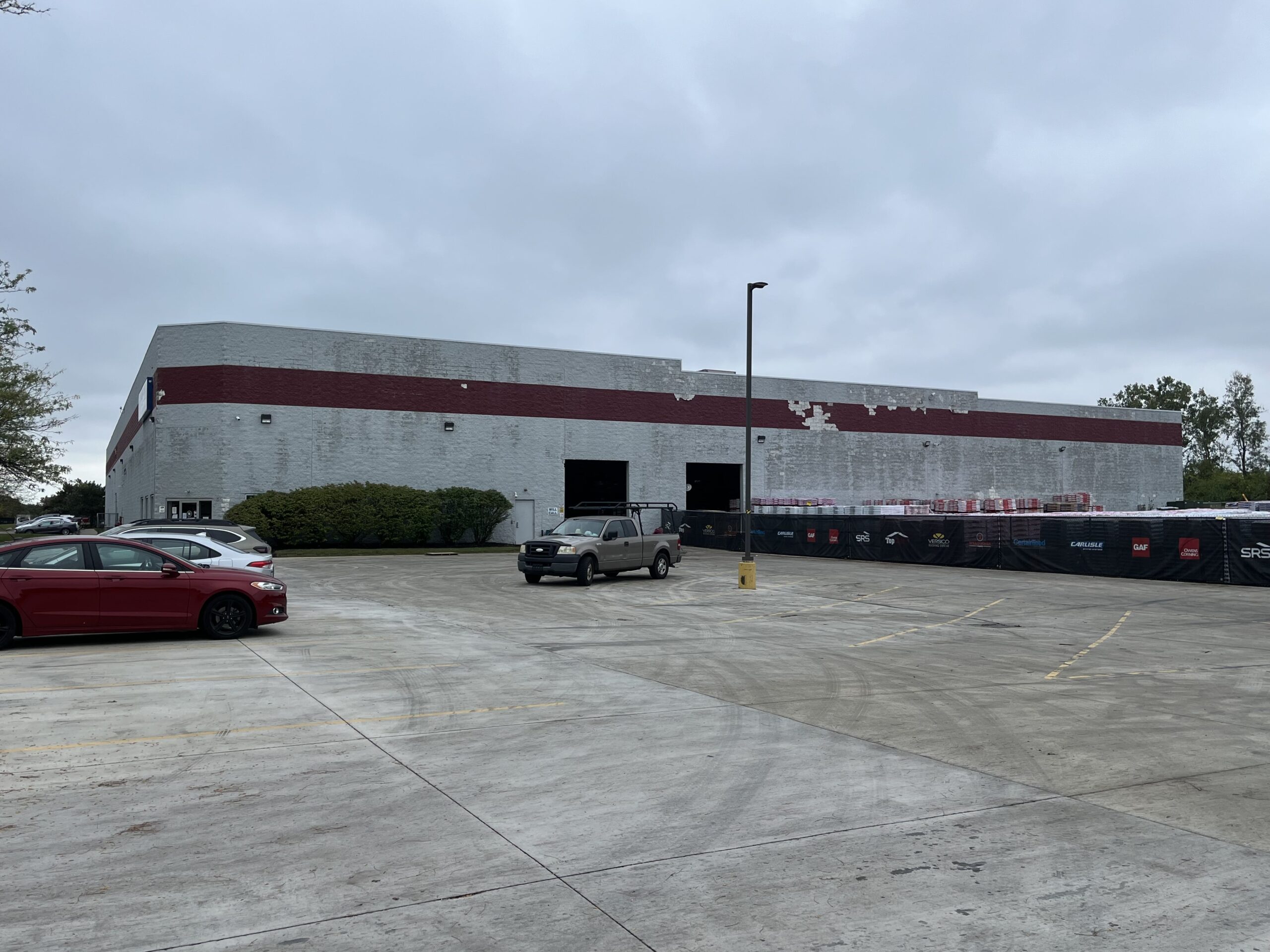
What Does “Fire-Resistant” Mean in Exterior Coatings?
The term fire-resistant refers to the ability of a material to withstand fire or delay its spread. In exterior paint systems, coatings may offer resistance by:
-
Preventing ignition
-
Slowing down flame spread
-
Reducing smoke and toxic gas emissions
-
Protecting the underlying material from heat damage
It’s important to distinguish between fire-resistant, fire-retardant, and fireproof:
-
Fire-resistant coatings are tested to withstand certain fire conditions for a specified time.
-
Fire-retardant coatings are treated to reduce flammability and slow burning.
-
Fireproof coatings do not exist in the true sense—no paint will make a surface completely immune to fire.
Relevant Fire Safety Testing Standards
Several standardized tests measure the fire performance of exterior coatings, including:
-
ASTM E84 (Surface Burning Characteristics of Building Materials)
-
NFPA 285 (Flame propagation in multi-story wall assemblies)
-
UL 723 and UL 790 (Class A roof coverings and materials)
These tests classify coatings by flame spread and smoke development, with Class A being the most fire-resistant rating achievable for exterior applications.
How Fire-Resistant Coatings Work Chemically and Physically
Fire-resistant coatings protect substrates using one or more of the following mechanisms:
1. Intumescent Action
When exposed to high heat, intumescent paints expand significantly—up to 50 times their original thickness. They form a charred, insulating layer that protects the underlying surface from heat and flame penetration.
2. Endothermic Reaction
Some coatings include hydrated compounds (like ammonium phosphate or aluminum trihydrate) that release moisture when heated. This cools the surface and delays ignition.
3. Oxygen Deprivation
Barrier coatings form a film that prevents oxygen from reaching the substrate, reducing combustion potential.
Together, these mechanisms reduce the energy available for ignition, control the rate of burning, and increase fire safety on exterior building components.
Types of Fire-Resistant Coatings for Exterior Use
Intumescent Paints
These are most commonly used for:
-
Structural steel
-
Timber frames
-
Composite panels
Advantages:
-
High fire resistance (can meet 1- or 2-hour ratings)
-
Some intumescent products are now UV- and weather-resistant for exterior use
Limitations:
-
Require precise thickness (DFT—dry film thickness)
-
Typically more expensive than standard paints
-
May require topcoating to protect from moisture and sunlight
Fire-Retardant Paints and Stains
These contain additives (e.g., phosphorus or nitrogen compounds) that chemically alter combustion.
Best for:
-
Wood siding, eaves, and soffits
-
Exterior wood trim and fences
Advantages:
-
Easier to apply than intumescents
-
Can be integrated into regular paint systems
Limitations:
-
Do not provide as much thermal insulation as intumescent paints
-
May degrade faster in extreme weather if not maintained
Cementitious and Mineral-Based Coatings
Often used for masonry, stucco, and concrete, these coatings can be:
-
Trowel-applied or sprayed
-
Very durable
-
Resistant to heat and UV degradation
Common Products: Fireproof plasters, silicate-based paints
Limitations: Not ideal for flexible or wood substrates.
Fire-Resistant Primers
These act as a fire-protective base layer and may be followed by a fire-rated or regular topcoat.
They enhance adhesion and add protective properties to a wider system.
Integrating Fire-Resistant Coatings Into Your Exterior Paint System
To successfully integrate fire-resistant exterior coatings, attention must be given to the surface preparation, application sequence, and compatibility of coatings.
Surface Preparation Requirements
-
Surfaces must be clean, dry, and free of peeling paint, oil, grease, or dust.
-
Existing coatings must be tested for compatibility—some oil-based layers or chalky paints may need full removal.
Application Sequence
A typical fire-resistant paint system may include:
-
Fire-resistant primer (e.g., flame-rated waterborne epoxy or acrylic)
-
Fire-resistant base coat (e.g., intumescent or fire-retardant acrylic)
-
Topcoat (weather-resistant acrylic, elastomeric, or UV-stable finish)
Thickness is critical—intumescent systems must meet specified DFT requirements.
Curing and Environmental Considerations
Fire-resistant coatings may require:
-
Lower humidity during curing
-
Minimum temperatures of 50°F to 70°F
-
Longer drying time between coats
Exterior Fire-Resistant Coating Product Guide
| Product Name | Type | Substrate Compatibility | Fire Resistance Rating | Application Method |
|---|---|---|---|---|
| FlameOFF Fire Barrier | Intumescent Paint | Wood, Steel, Fiberglass | Class A (ASTM E84) | Spray, brush, or roller |
| Sherwin-Williams Firetex FX5090 | Intumescent Paint | Steel | Up to 2 hours (UL 263) | Sprayed (requires pro) |
| No-Burn Plus XD | Fire-Retardant Paint | Wood, OSB, plywood | Class A (ASTM E84) | Brushed or sprayed |
| A/D Firefilm III | Intumescent Paint | Interior/Exterior structural steel | Up to 2-hour fire rating | Sprayed |
| Flame Control 60-60 | Fire-Retardant Coating | Wood siding and trim | Class A (UL Listed) | Brush, roll, or spray |
Where Fire-Resistant Exterior Coatings Make the Most Sense
![]()
Wood Siding and Trim
-
High-risk in wildland-urban interface (WUI) areas
-
Fire-retardant acrylics or stains offer realistic protection
-
Reapplication may be required every 5–10 years depending on UV and rain exposure
Metal Cladding and Steel Structures
-
Often benefit from intumescent coatings to protect load-bearing strength
-
Coatings can be paired with elastomeric topcoats for waterproofing
Masonry and Concrete
-
Mineral- or silicate-based coatings work well on stucco, brick, or CMU
-
Improve both thermal performance and fire resistance
Compliance, Certifications, and Building Code Considerations
Applicable Building Codes
-
International Building Code (IBC) requires fire resistance ratings for exterior walls near lot lines or high-risk zones
-
Local wildfire codes (e.g., California’s WUI code) mandate ignition-resistant materials for certain projects
Verification of Fire Ratings
Request third-party documentation from manufacturers:
-
UL Listing Cards
-
ASTM E84 test data
-
ICC ESR Reports (Evaluation Service Reports)
These validate claims and help during permitting.
Common Fire Resistance Standards and Their Uses
| Standard | Description | Common Use Cases |
|---|---|---|
| ASTM E84 | Measures flame spread and smoke development | Wood trim, siding, soffits |
| NFPA 285 | Wall assembly flame propagation test | Commercial exterior wall systems |
| UL 790 | Standard for fire-resistance of roof coverings | Roofing and upper exterior assemblies |
| UL 263 | Fire resistance of structural steel assemblies | Steel columns and beams |
Benefits and Limitations of Fire-Resistant Coatings
Key Benefits
-
Slows flame spread, giving occupants and firefighters more time.
-
Protects critical infrastructure (e.g., utility areas, framing).
-
May result in lower insurance premiums or meet state incentive programs for fire mitigation.
-
Contributes to LEED credits when part of a fire-safety design plan.
Limitations
-
Fire-resistant does not mean fireproof.
-
Products must be installed precisely to manufacturer specs—DFT, layering, and curing.
-
Recoating cycles may be required every 5–10 years, especially in high-exposure environments.
Cost Implications and ROI
![]()
Price Range
| Coating Type | Estimated Cost (per gallon) | Typical Coverage Rate | Labor Requirements |
|---|---|---|---|
| Fire-Retardant Paint | $80 – $150 | 200–300 sq ft/gal | Moderate |
| Intumescent Coating | $120 – $300+ | 40–80 sq ft/gal | High (pro-only) |
| Cementitious Fireproofing | $40 – $90 | 50–100 sq ft/gal | High (spray/trowel) |
Fire-resistant systems can add 10%–25% to total exterior painting project costs. However, for commercial buildings or WUI-zone homes, potential savings in insurance premiums, liability avoidance, and structural damage reduction often justify the cost.
Conclusion
Fire-resistant exterior coatings are a powerful addition to modern building protection strategies. While they won’t make your property fireproof, they can significantly slow fire spread, improve safety, and buy critical time in an emergency.
Integrating these coatings correctly—choosing the right products, applying them properly, and complying with local fire codes—requires experience and care. When done right, fire-resistant coatings add measurable value, durability, and peace of mind.
Whether you’re a business owner upgrading a commercial property or a homeowner in a high-risk area, investing in a fire-resistant exterior coating system is a smart move toward safer, more resilient buildings.
